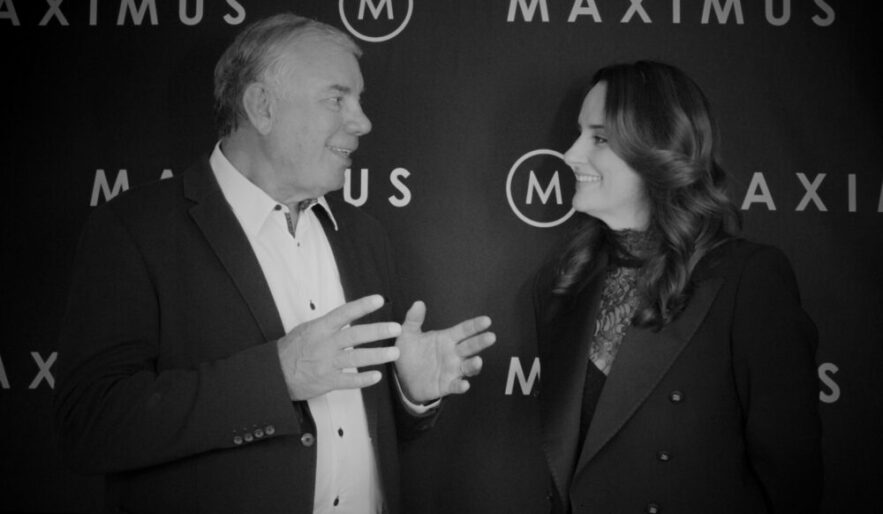Leaders with an enterprise mindset treat their organisations’ functions, geographies and systems as interconnected and interdependent parts of a cohesive structure with one goal: delivering what their customers want.
They won’t change one element without considering how it will impact the others, and they expect everyone to put the needs of the enterprise ahead of those of a single function or project.
This concept has been around for a decade but hasn’t been put into practice much. MIT Sloan School of Management research finds that, while 79% of top business executives regard enterprise thinking as extremely important for leaders, only 12% of CEOs lead this way.
The fact is, our traditional organisational structures, cultures and policies don’t support an enterprise mindset. Most CEOs climb the corporate ladder by managing increasingly large business units (BU) within a system that ties personal reward to BU performance. Prioritising the greater good could endanger your reputation, promotion or bonus.
This creates a leadership mindset focused on short-term goals and the needs of the immediate team. By the time the average CEO reaches the top, this silo mindset is hard-wired.
It’s difficult to take on today’s business challenges with this kind of narrow, inflexible thinking, and it will be impossible tomorrow. The 21st Century operating environment demands rapid response and continual change from business leaders. That’s why I advocate switching from traditional silo thinking to an enterprise mindset.
HOW TO LEAD WITH AN ENTERPRISE MINDSET
- Adopt an enterprise perspective: Think outside silos when making decisions. How will this divisional restructure improve customer value? Should a BU project team include people from other areas?
- Champion customer-centricity: Keep informed about what customers want, need and expect so you can focus your business’s collective skills, resources and knowledge on continually delivering customer value.
- Model adaptability: Appreciate that your business could be disrupted by a new competitor, a shift in consumer sentiment or a change in government, and be prepared to adapt. Create a culture that embraces change from the top down and welcomes risk and innovation
- Support collaboration: Encourage the sharing of skills, knowledge and resources across boundaries in a way that delivers the best customer solutions and benefits the whole organisation.
- Acquire enterprise knowledge: Understand the languages, challenges and cultures of every function. Learn how they fit together. That way, you can connect with people across the business and broker holistic solutions.
- Focus on the future: Keep up to speed with trends and issues and know where your company sits within your industry and the wider business environment. This will help you to identify potential opportunities and challenges before your competitors do so.
- Display 21st Century leadership: Choose compassion, empathy and openness over command-and-control fear. Use influence, not the power of your position, to motivate people to work together and behave differently.
- Empower others: Distribute leadership responsibilities by trusting executives and managers to make the right decisions on the ground. Accept ideas and solutions that are different to yours and ask managers to promote an enterprise mindset throughout the company.
- Shifting your organisation: Adjusting your mindset means challenging default thinking about leadership and how to drive success. I recommend reading widely about enterprise leadership, participating in immersive development experiences and taking assignments that expose you to different ways of working and thinking. You could also consider getting a coach or mentor.
These will all help you to move beyond technical and managerial competence to become a true leader.
To drive fundamental change, you’ll need to apply enterprise thinking across your organisation so everyone understands why it’s important to step outside their personal comfort zones and work together across functions. Ask your team the hard questions. Could a flatter design encourage innovation? Does your recognition program favour silo thinking? How can you develop the next generation of executives to think collaboratively?
As well as positioning your organisation for success, you’ll find that having an enterprise mindset is better for customers and weeds out cross-enterprise inefficiencies. It will also result in a new sense of connection, purpose and energy for the whole organisation, which is perhaps the most compelling argument of all.
This article was originally published for CEO Magazine
READ THE ORIGINAL ARTICLE HERE








